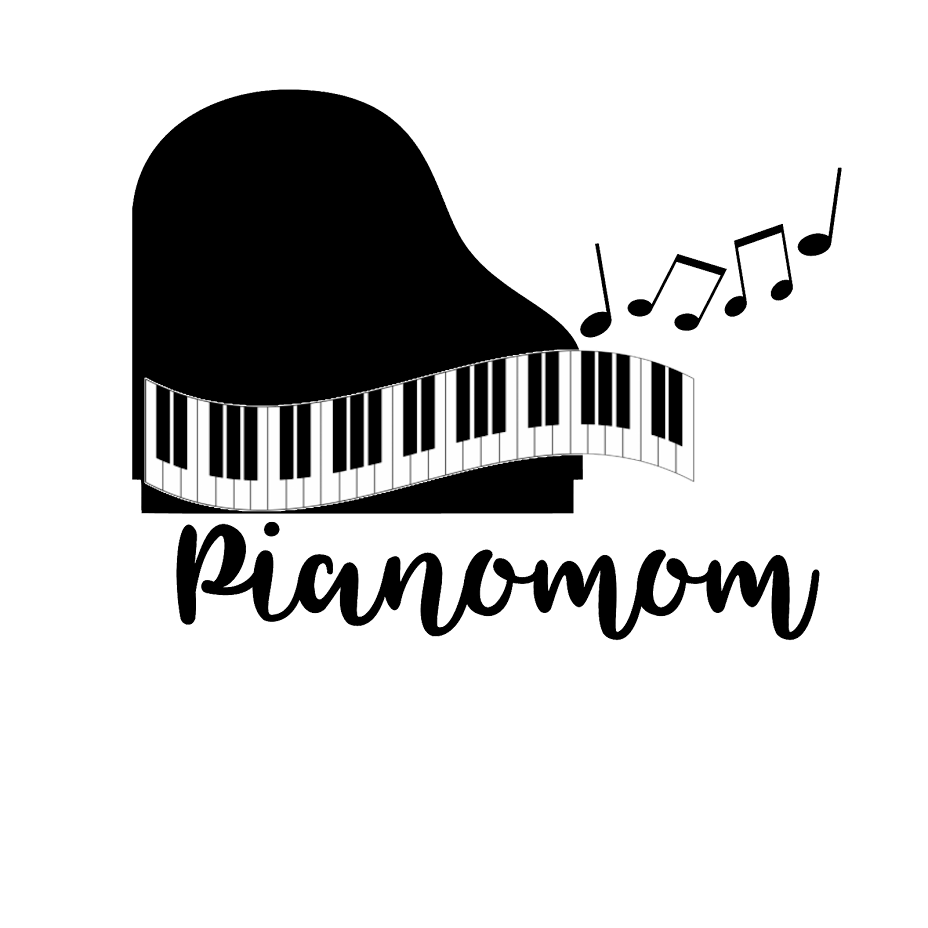Johann Pachelbel was born in Germany, in the city of Nurnberg in 1653. His father enrolled him in the St. Lorenz High School but soon recognized Johann's musical potential and arranged for outside musical training. Johann also showed such impressive academic abilities that he was allowed to attend various non-music classes at Nurnberg's Auditorium Aegidianum. These abilities also allowed him to gain entrance to the Universitat Altdorf in 1669 at the age of fifteen. In addition to his academic and musical studies, he served as organist at the Pfarrkirche.
Due to financial difficulties, Pachelbel left the university before the end of his first year and enrolled as a scholarship student at the Gymnasium Poeticum (high school) in Regensburg. The school's administration was so impressed by Pachelbel's academic abilities that they admitted him to the school even though they had already accepted their quota of students for the school year. He also was given permission to study music outside the Gymnasium with Kaspar Prentz. It is believed that this teacher helped to develop Pachelbel's interest in Italian music and church music.
In 1677, he returned to Germany and settled in Eisenach where he accepted an appointment as court organist for Prince Johann Georg of Sachsen-Eisenach. During this time he became known as not only an important German organist but also one of Germany's most accomplished composers. Pachelbel also became friends with the Bach family. He soon began to tutor Johann Ambrosius' children, including Johann Christoph and Johann Sebastian Bach.
In 1681 Pachelbel married Barbara Gabler, and by 1683 was a father. Later that year tragedy struck his family as a plague swept through Erfurt. Only he survived. Several years later Pachelbel married again, taking Judith Drommer as his bride. One of their seven children would become an accomplished composer as well.
Johann Pachelbel wrote many sacred and secular works during his lifetime as a composer, organist and teacher. He is best remembered for his Canon in D. It is an example of one of his many works composed using variation forms and techniques. Other well-known works include Chaconne in F Minor and Toccata in E Minor for organ. His contributions to the development of the chorale prelude and fugue have earned him a place among the most important composers of the Baroque era.

No comments:
Post a Comment